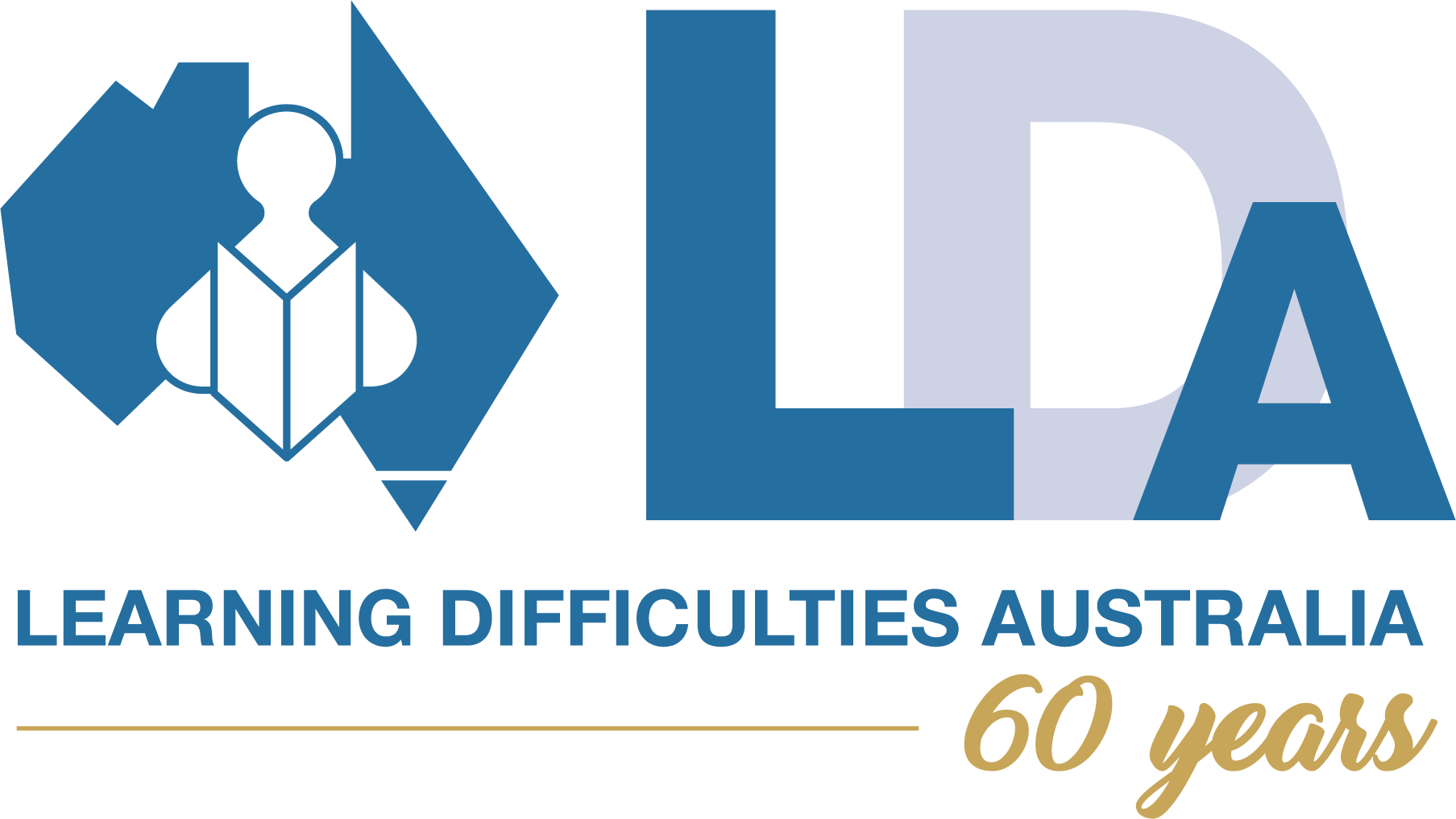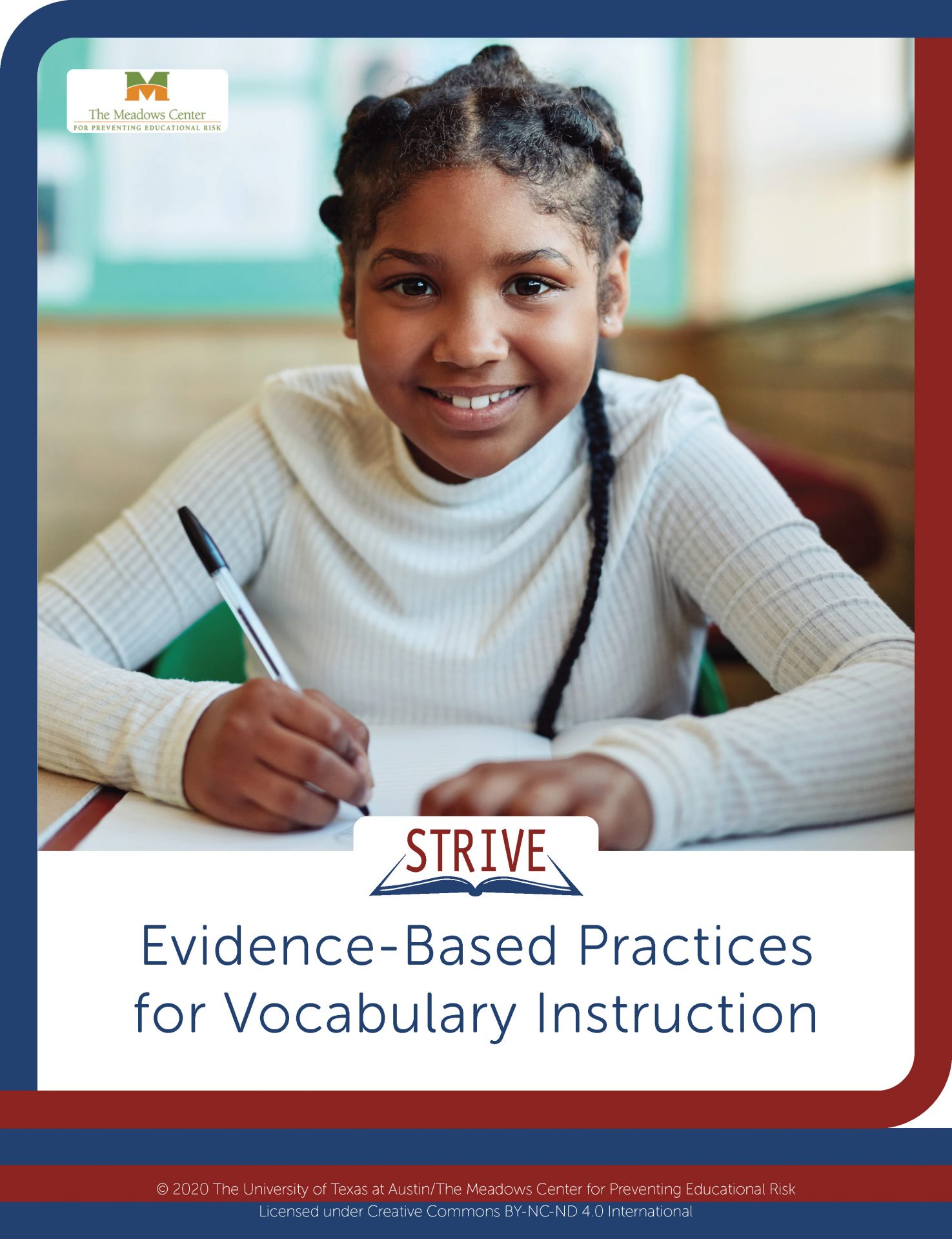We investigated whether the presence of orthography promotes new word learning (orthographic facilitation). In Study 1 (N = 41) and Study...
We investigated whether the presence of orthography promotes new word learning (orthographic facilitation). In Study 1 (N = 41) and Study 2 (N = 74), children were taught 16 unknown polysyllabic words. Half of the words appeared with orthography present and half without...
We investigated whether the presence of orthography promotes new word learning (orthographic facilitation). In Study 1 (N = 41) and Study 2 (N = 74), children were taught 16 unknown polysyllabic words. Half of the words appeared with orthography present and half without orthography. Learning assessments captured the degree of semantic and orthographic learning; they were administered one week after teaching (Studies 1 and 2), and, unusually, eight months later (Study 1 only). Bayesian analyses indicated that the presence of orthography was associated with more word learning, though this effect was estimated with more certainty for orthographic than semantic learning. Newly learned word knowledge was well retained over time, indicating that our paradigm was sufficient to support long-term learning. Our approach provides an example of how word learning studies can look beyond simple accuracy measures to reveal the cumulative nature of lexical learning.HighlightsChildren learned more words that had been taught with, compared to without, visual forms.Unusually, retention of word knowledge was assessed longitudinally, over a period of eight months.Word knowledge was well-retained over time.We introduce new learning measures that capture the incremental nature of vocabulary acquisition.These measures revealed learning effects that would be masked by traditional measures.

